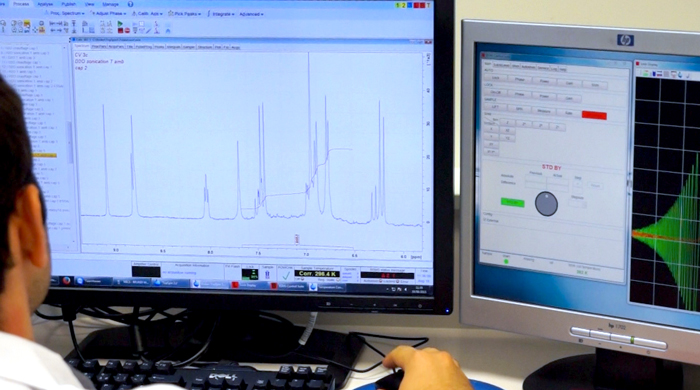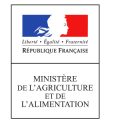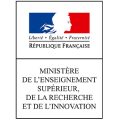- +33 3 88 19 15 15
- aerial@aerial-crt.com
- Mon - Fri: 8:45 am - 6:00 pm
Nuclear Magnetic Resonance
Magnetic resonance spectroscopy provides qualitative and quantitative access to the chemical composition of matter.
It allows the characterization of simple and complex systems, the monitoring of transformation processes of matter and the study of molecular interactions. A wide range of approaches has been developed with this technique, which has many applications whether in agriculture, food, health, biology, materials or the environment.
A non-destructive quantitative analytical technique, essential in Aerial's arsenal of technologies and expertise

The platform is operated by highly qualified and dedicated staff, as required by the technological level of the equipment and datamining.
Our team benefits from multidisciplinary and complementary skills. We are able to propose and carry out all types of services, studies or projects, whether they are close to the market or more fundamental.
High-field spectrometer of 9.4 Tesla 1H Larmor frequency: 400 MHz
High-field spectrometer of 9.4 Tesla
1H Larmor frequency: 400 MHz
3 high performance probes for
Auto-sampler for liquids (24 tubes)
Software for the setting up of databases
Authenticity / integrity
Safety / shelf-life
Process impact
Materials, polymers
Qualitative and quantitative characterization
Impurities / neoformed compounds
Molecular interactions
Metabolomics


Fondée en 1985, Aerial est une structure de notoriété internationale qui réunit sur un même site une équipe pluridisciplinaire de chefs de projets, chercheurs, ingénieurs et techniciens supérieurs.
Avec leur savoir-faire, nos équipes vous accompagnent en matière de R&D, d’expertise et de formation.






Tous droits réservés © Aerial CRT mars 2022
Made with ❤ by les médias associés